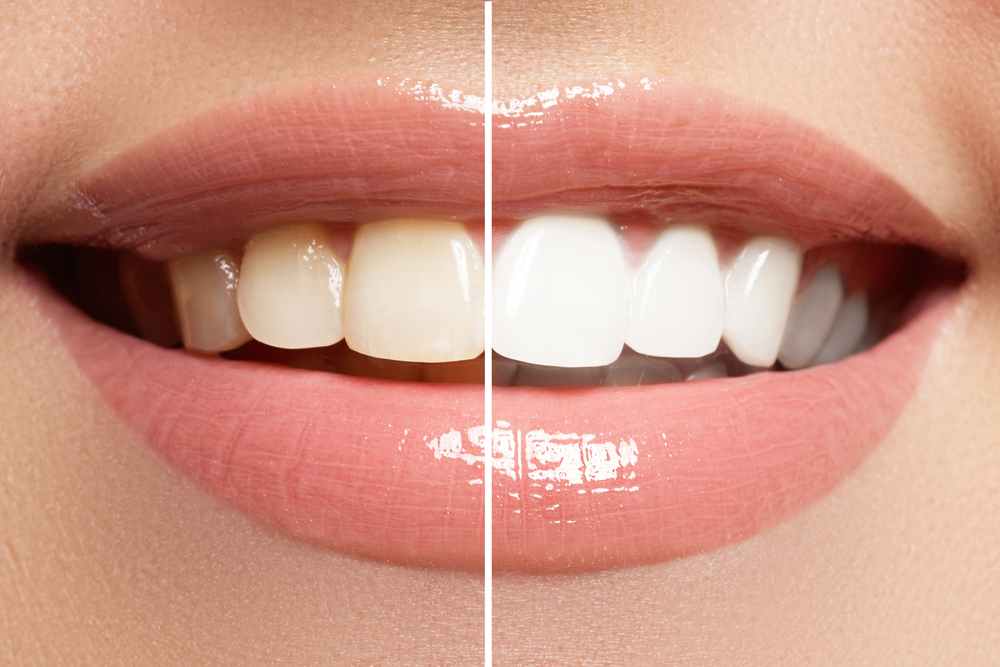
Teeth Whitening: Getting the perfect glowing smile
Whiter teeth can make your smile look better and more attractive. However, over time, most people’s teeth acquire a yellower shade as we go about our daily lives. First, we will explore how you can prevent your teeth from losing their whiter shade. Then we will discuss how you can fix the damage that has already been done and we will also take a look at some commonly suggested home remedies and discuss the scientific basis behind them.
Body: Preventative Steps:
- Limiting food, beverages and habits that stain your teeth
Coffee, Tea, Red wine, Soda and some dark berries can cause your teeth to get stained over time. Of course, this does not mean you do not consume them. However, it is better to limit the time you allow these substances to be in contact with your teeth. Drinking with a straw, and brushing your teeth within an hour of consumption are all useful practices.
Smoking and chewing tobacco are some of the most commonly known habits that cause immense staining. Staying away from these habits is better for your teeth and body.
- Limiting sugar intake
A high sugar intake is not just harmful to your body and its metabolic functions, it also supports the growth of Streptococcus mutans, which is a type of bacteria that is responsible for plaques and gingivitis. Be sure to brush your teeth after you consume sugary foods or beverages.
- Increasing calcium intake
Tooth discoloration can be caused by the erosion in the enamel layer of your teeth and the dentin layer getting more exposed. The dentin layer is yellowish. Strengthening your enamel with better Calcium and Vitamin D intake can help make teeth look whiter and healthier, along with your bones.
Whitening Your Yellowish Teeth
- IMPORTANT! - Consult your dentist
The first step to do before choosing the right way to whiten your teeth is to understand the root cause or your efforts may end up damaging your teeth more. A consultation with a dentist will help you identify whether the cause is a deposition and staining on the enamel or erosion of the enamel layer itself.
The dentist can not just help you with the choice of methods that are best for you while also looking out for and advising you on how to manage issues like tooth sensitivity and gum irritation that may accompany whitening.
The dentist will identify the stain as extrinsic or intrinsic. Extrinsic stains are removed by abrasion and other mechanical methods while intrinsic stains require bleaching solutions.
The type of stain will affect what procedure to follow, how long and how often to follow the process. They can also help with matching crowns, implants etc that may already be in place so they do not look odd after whitening.
Professional Whitening
Professional whitening uses peroxide, but with higher concentrations and effective than over-the-counter options. Professional treatments also shield your gums from damage and use special light frequencies to make the process more efficient. This is usually a single sitting procedure and is highly effective,
- Over-the-counter products
Several products are available in stores or online stores that sound very appealing. These products, when they come from a reputed brand with the necessary certifications may be a good place to start.
Teeth Whitening Toothpaste: Whitening toothpaste tubes generally rely on polishing, rather than bleaching to provide their whitening effects, proving more effective for extrinsic stains.
Teeth Whitening Strips: Whitening strips are usually bleaching strips with Hydrogen Peroxide in lower concentrations than your professional dentist may use. They have limited use in misaligned teeth.
Teeth Whitening Pen: Whitening pens are easy and cost-effective, but can rarely serve as a stand-alone treatment solution.
- Home Remedies
Many online resources advise on many home remedies. Some of these are effective, but most are not scientifically proven and some have risks attached.
Oil pulling is a traditionally-followed method and perhaps the most harmless. Though there is no supporting scientific evidence, oil pulling may help reduce bacterial growth in the mouth. The process is as simple as taking one tablespoon of coconut oil and squishing it around in the mouth for about 15-20 minutes.
Home remedy methods that use hydrogen peroxide have the risk of causing issues if they are used without protecting eroded areas and gums. Citric fruits are acidic in nature and may cause erosion of the enamel layer. The effectiveness of these methods is based on the cause of the yellowish teeth and the present extent.
Conclusion:
Whiter teeth make your smile more attractive. Prevention by tweaking your habits is the best way to go about it in the long run. To whiten already yellowed teeth, it's best to seek a professional opinion before you choose the method and start the process to be both effective and free from associated risks.

